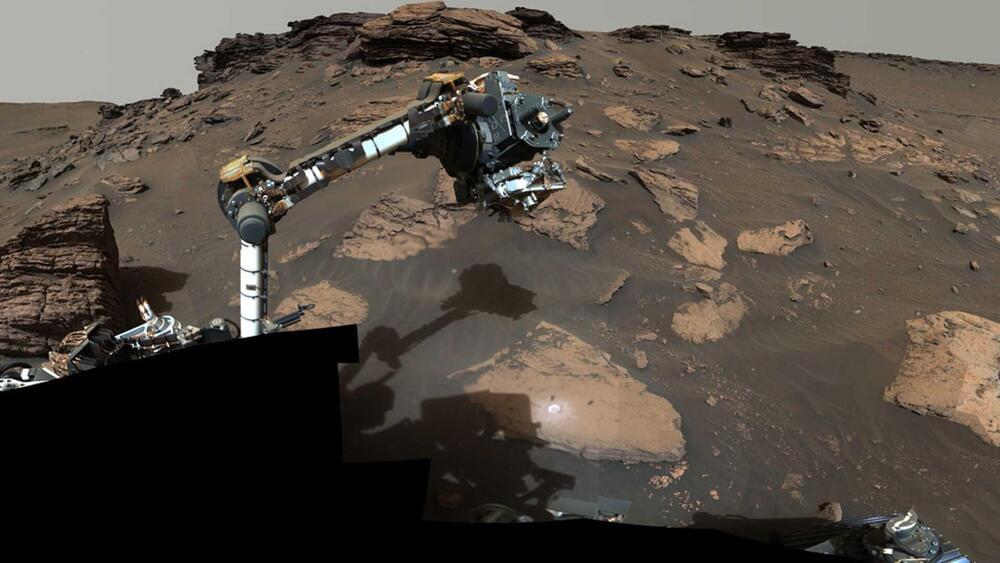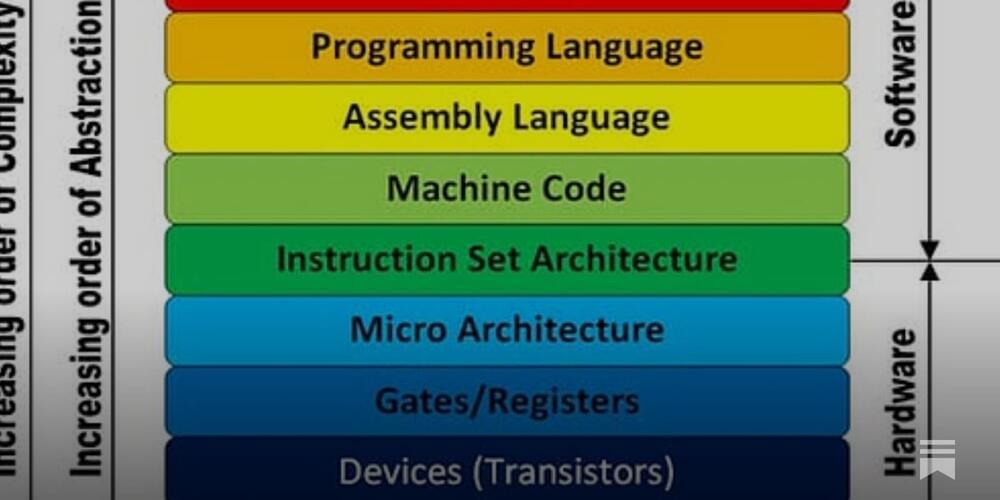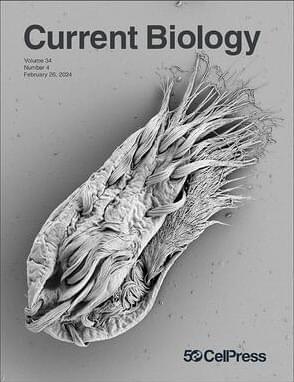Knowing your “oldest organ” might also tell you more about your health trajectory — and the age-related diseases you could develop — than your biological age. The study found that individuals with accelerated heart aging, for example, have a 250% higher risk of heart failure. Every additional four years of age increased an individual’s risk of developing heart disease by almost 2.5-fold over 15 years, the study noted. It also found that accelerated brain and vascular aging in an individual can predict the progression of Alzheimer’s disease as strongly as the best biomarker test for the disease.
The technology to measure age organ-by-organ is far from ready to mainstream. Still, the concept has attracted the interest of those in longevity circles, according to The Wall Street Journal. Some researchers told the Journal that there may be a day when patients can test the age of their organs through a simple blood test. It’s not a far-off idea, given that there are already blood tests that can test for cancer.
However, some scientists believe there’s little merit in providing patients with these details before we devise interventions for them.









